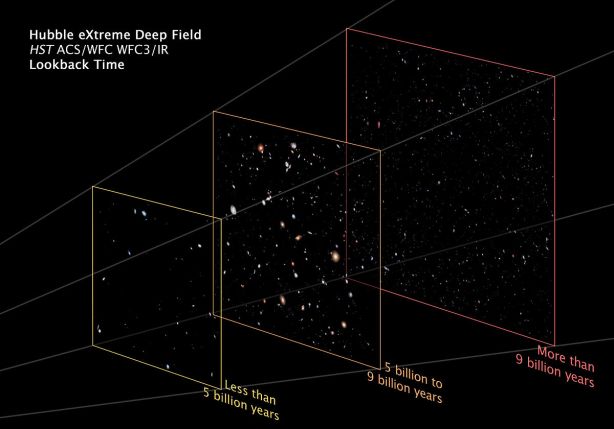Or did it just confirm the unhappy status of the ‘dark energy’ seekers, long after Nobel prizes were handed out for its ‘discovery’? Quote: ‘despite much searching, astronomers have no clue what dark matter or dark energy are.’ A Nobel for having no clue – where’s the physics?
– – –
For decades, measurements of the universe’s expansion have suggested a disparity known as the Hubble tension, which threatens to break cosmology as we know it. Can it be fixed? asks Live Science.
Now, on the eve of its second anniversary, a new finding by the James Webb Space Telescope has only entrenched the mystery.
Something is awry in our expanding cosmos.
























